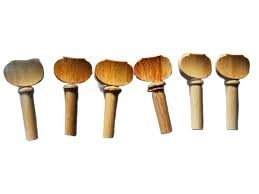Divan instrument
-This instrument is known as Saz, Saz Divan, Baghlama, Joura, and Bizq.
-It belongs to the string music instruments that are played with a plectrum.
-It is made of walnut, berry, maple, and other kinds of trees.
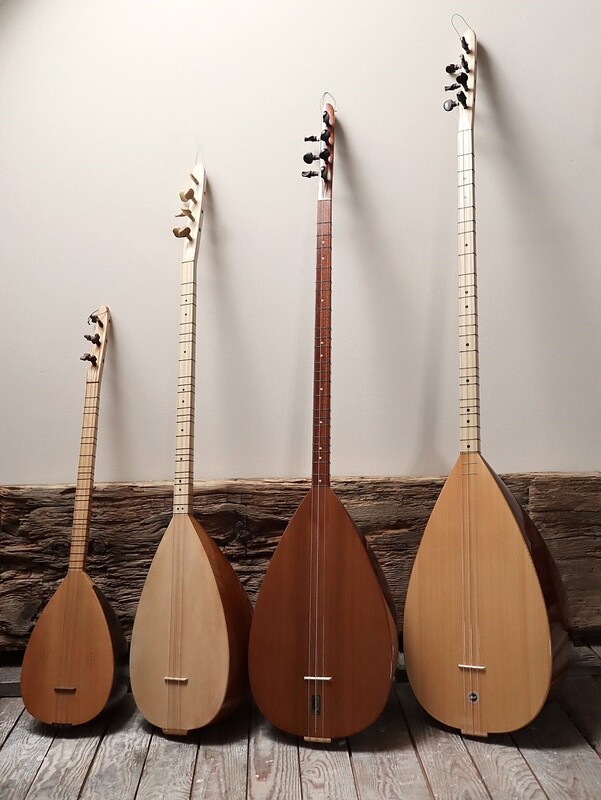
Generally, it is made in four shapes:
-Long neck and medium sized body. (Divan)
-Short neck and large body. (Baghlama)
-Short neck and small body. (Joura)
-Wide neck and a large body that looks like a barbat body. (Bizq)
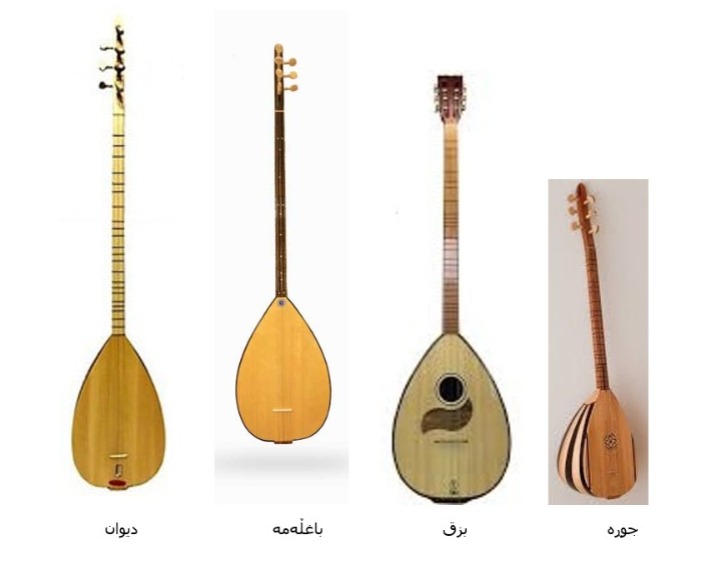
This instrument is made of these parts:
Body (sound box), the body surface (flat top part), the neck, tuning pegs, strings, frets, the top bridge, and the bottom bridge.
Body (Sound Box)
-The body of the Divan instrument can be made in two ways which make it small or large.
The first method: a body that looks like Tanbour's body that is made hollow on the inside.
-Second method: a body that looks like an Oud instrument body, i.e., it is made of small pieces of wood that are glued to each other.
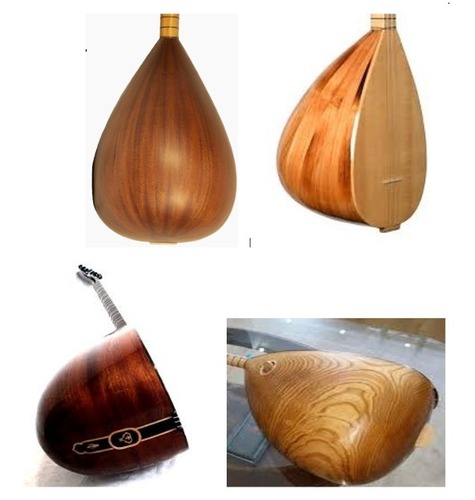
The body surface (flat top part)
-This part of the instrument is made of a kind of pine tree that has even sapwoods.
-Depending on the various sizes of this instrument, the width of the instrument's flat part is about 15 to 35 cm and 25 to 50 cm long.
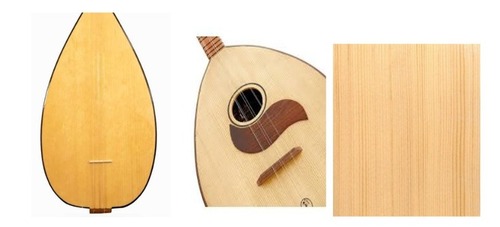
Neck, Tunning Pegs
-The neck of this instrument is made of walnut, maple, beech, and other kinds of trees.
-The length of the neck can be made long or short. It depends on the size of the body or sound box. (Large body with short neck or large body with long neck)
-The neck of this instrument must be flat and the bottom part of it must be made in a round form like a U shape.

-The length of the tuning peg is 22 to 23 cm where the pegs are installed on it.
-Generally, Baghlama and Divan have 7 to 9 pegs and Bizq has 6 pegs.
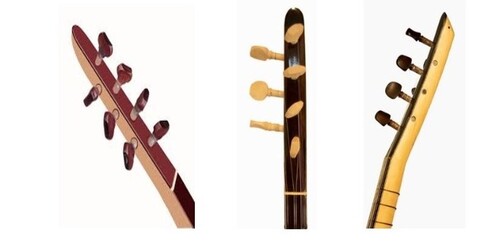
String and bridges
-The strings of this instrument are 6 strings in Bizq and Joura and 7 to 9 strings in Baghlama and Divan.
-At the bottom part of the instrument, the bottom bridge is glued to a part that the strings are tied to. It is a hard piece of wood with little holes in it for the strings to be passed through them. It is illustrated in the figure.

Bridge
-There are two kinds of bridges. It is made of wood with special cracks to keep the strings. The other bridge is at the top of the neck of the instrument.
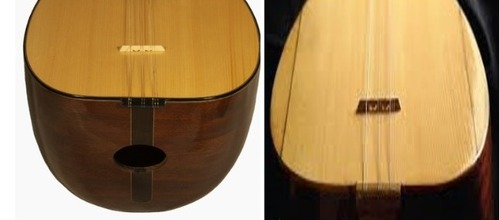
Tuning peg
-The pegs are made of hardwood. (Mostly walnut tree or ebony tree)
-One end of the strings is tied to the bridge and passes over them to the tuning pegs and finally, the other end of them is wrapped around the pegs.
-Every string has a peg to tune them and the strings are kept in place by these pegs.
